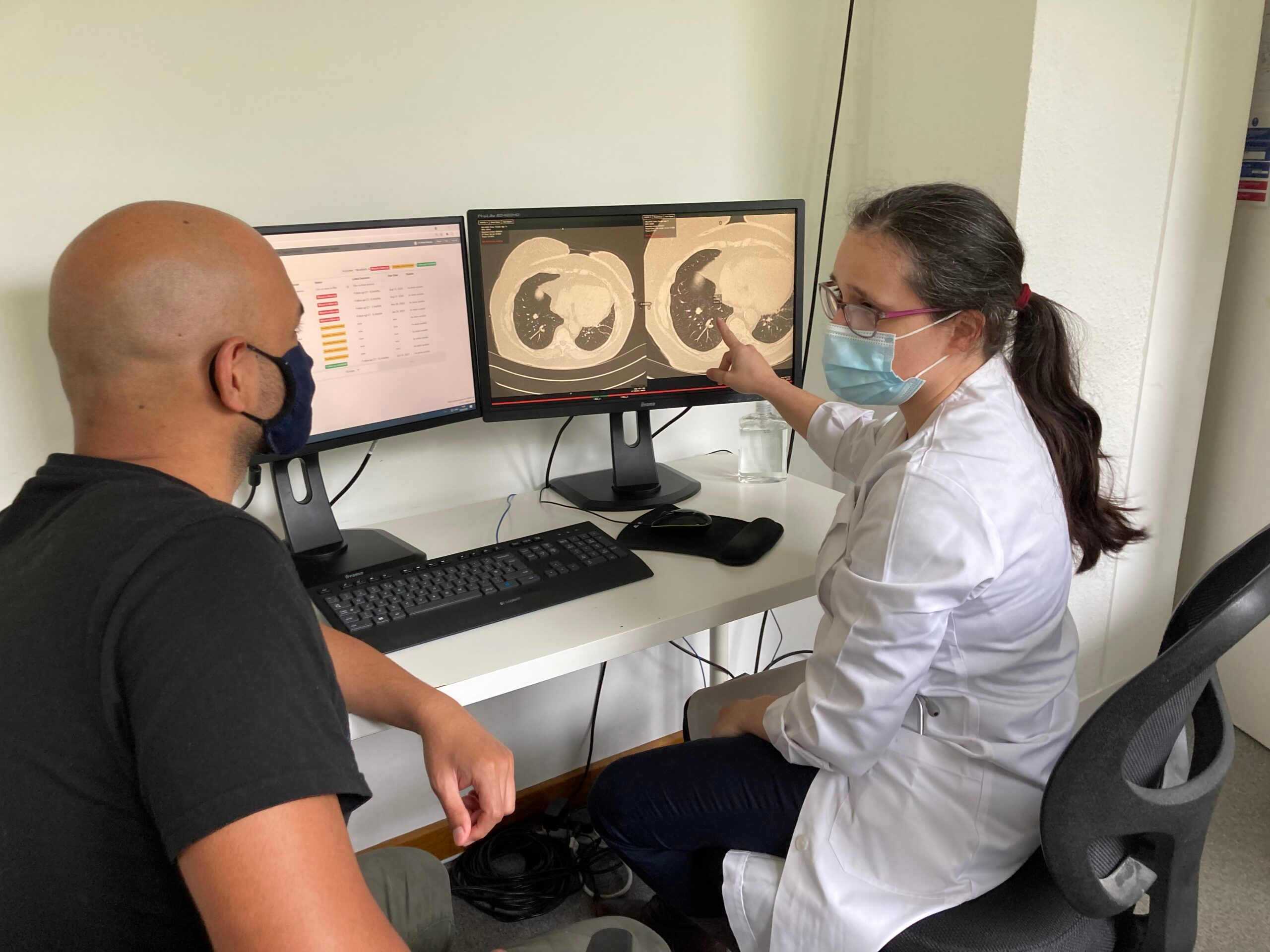
@ShahidNShah


The potent combination of NLP and AI-assisted diagnostic tools for early-stage lung cancers represents a solution for healthcare systems. Around 1.8 million people die from lung cancer each year, making it the most common type of cancer to cause mortality worldwide. The majority of patients receive a diagnosis once symptoms have developed and the disease has reached an advanced stage (Stage III or IV), which accounts for the 20 percent five-year survival rate that is currently the norm worldwide. Small lung tumours, on the other hand, have a survival rate as high as 90% when they are treated at Stage 1A. This large variation emphasises the urgent necessity for lung cancer to be identified and treated at the earliest feasible stage. The two million Americans who are diagnosed with lung cancer each year present one of the best opportunities to detect more tiny, pre-symptomatic lung malignancies early. Before implementing AI-assisted technologies for lung cancer diagnosis in your hospital, it is important to consider the following:
Overall, it is important to thoroughly evaluate the AI technology and its potential impact on patient care and the hospital's operations before implementing it in your hospital.
Continue reading at hitconsultant.net
The government relations team at HIMSS offers some insights on what's next for telehealth, broadband expansion, interoperability rules and more in the year ahead. HIMSS claims it is now prepared to …
Posted Jan 25, 2023 Artificial Intelligence Health Policy
Connecting innovation decision makers to authoritative information, institutions, people and insights.
Medigy accurately delivers healthcare and technology information, news and insight from around the world.
Medigy surfaces the world's best crowdsourced health tech offerings with social interactions and peer reviews.
© 2025 Netspective Foundation, Inc. All Rights Reserved.
Built on Apr 17, 2025 at 6:07am